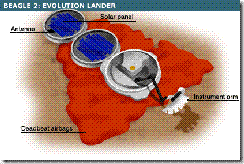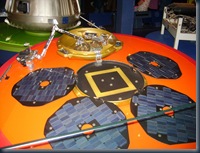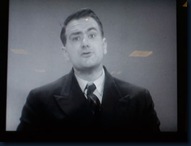
Lots of good work is being done by the team to try and get as much fresh information as we can muster. The Google group has had a few articles posted researched and written by group members. These will accompany the final model if we can get approval to use some of the content which is most likely copyright. It's a shame that the Beagle2.com site seems to have been abandoned and there is very little information there about what happened after the lander was lost and the lessons learned. Also, I posted an item about a possible "Beagle 3" lander that was suggested in a few places and hinted at by Colin at an event I attended. Not much follow-up information about that anywhere beyond a couple of press releases. As the proposal was to include launch in 2009. I think this is quite unlikely now as we have heard nothing since.
I, along with a colleague, visited the Walton Hall Library at Milton Keynes to see if we could un-earth some schematic diagrams from which was can scale the model inworld. Unfortunately, we didn't find anything that would fit that bill, but I was very grateful to receive a copy of Colin Pillingers book "The Guide to Beagle 2" from the Science Faculty at Walton Hall, which has some fantastic information contained within it. I also borrowed "Beagle - From Darwin's Epic voyage to the British Mission to Mars", This also has some great material, and 3 VHS tapes containing the BBC series that followed Beagle 2's early progress. I didn't realise that a major part of the lander was built in my home town by EADS Astrium. I'm hoping perhaps they can help us with some finer details about the lander itself.



